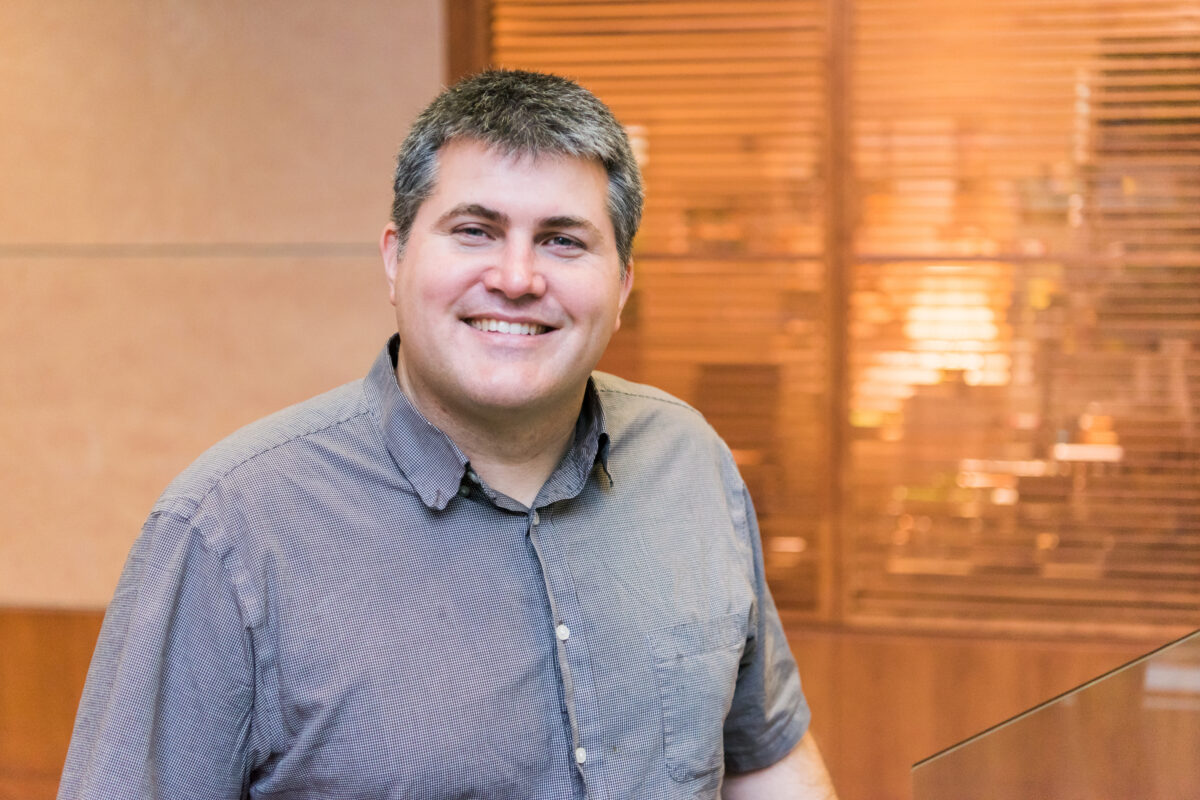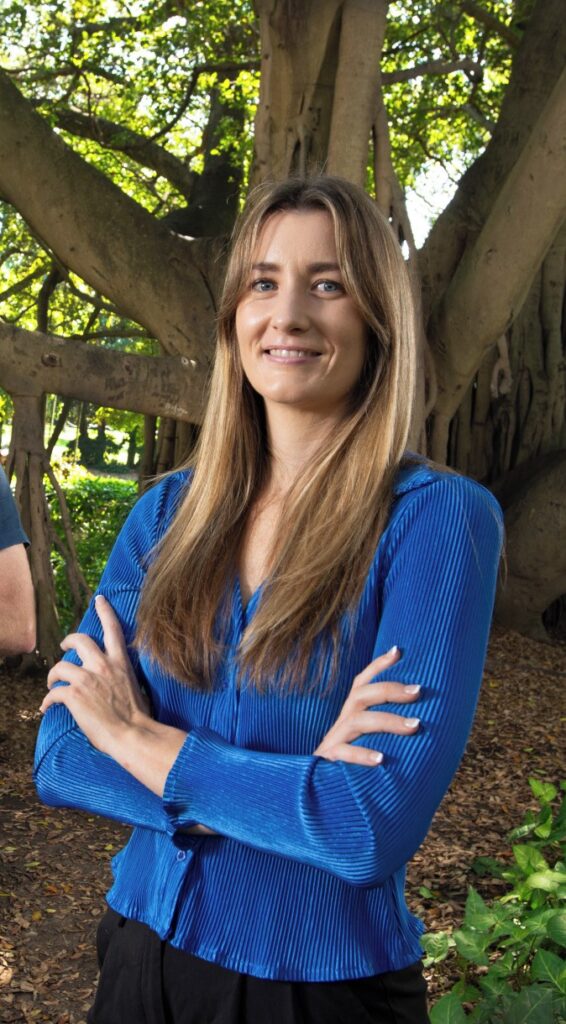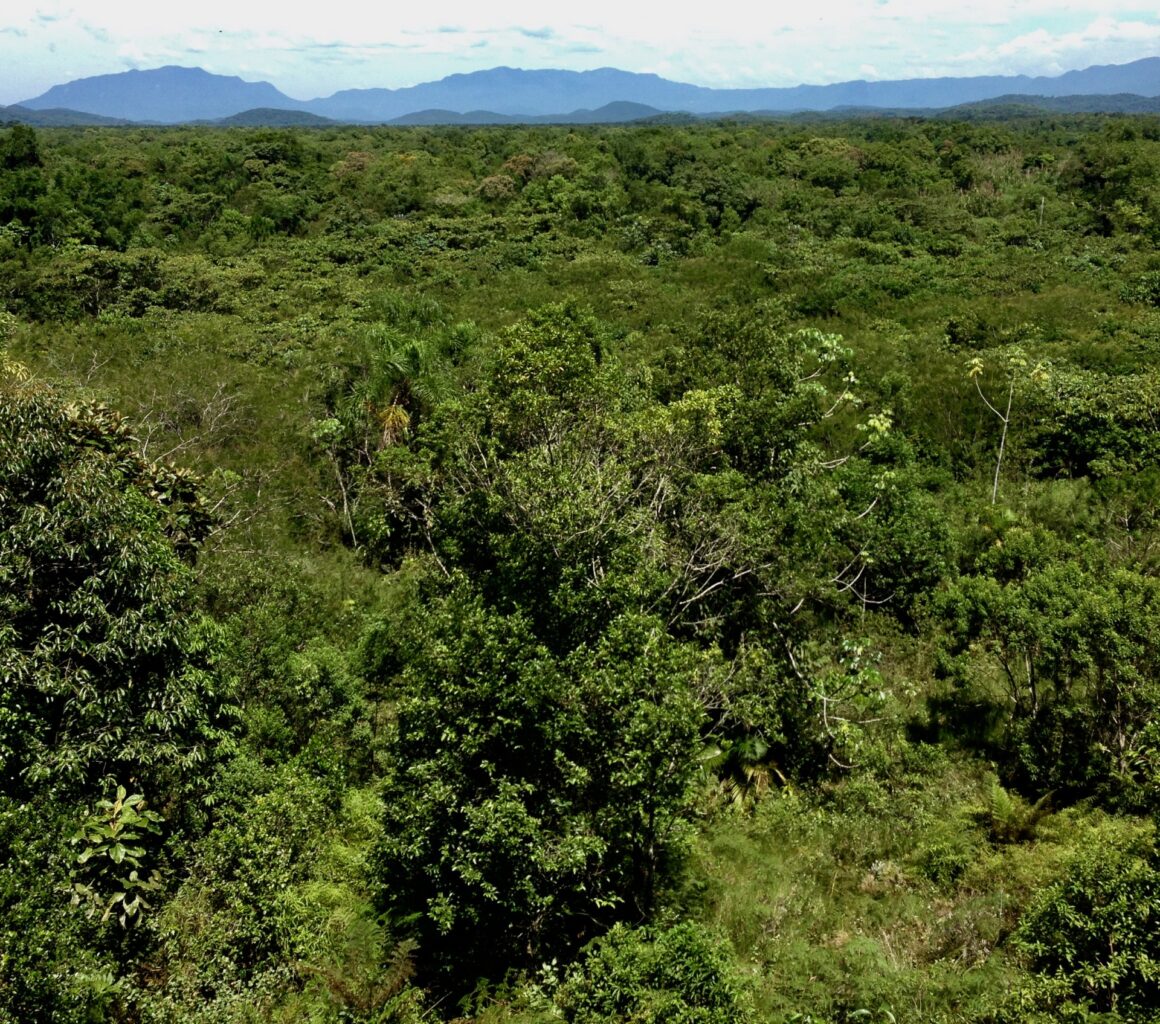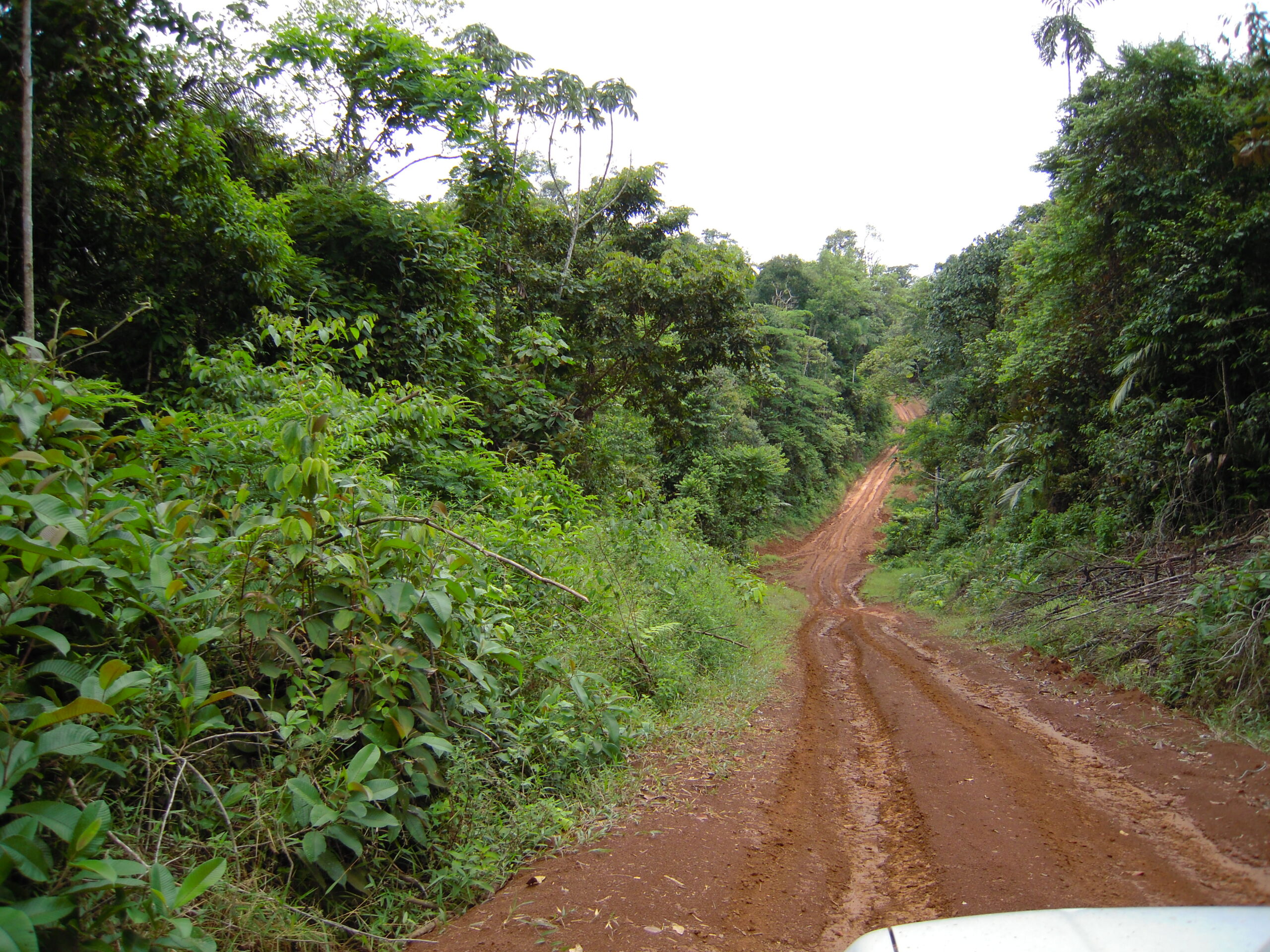
A new study in Nature finds that up to 215 million hectares of land (an area larger than Mexico) in humid tropical regions around the world has the potential to naturally regrow. That much forest could store 23.4 gigatons of carbon over 30 years and also significantly help enhance biodiversity and water quality. The study showed that more than half of the area with strong potential for regrowth was in five countries: Brazil, Mexico, Indonesia, China, and Colombia.
“Tree planting in degraded landscapes can be costly. By leveraging natural regeneration techniques, nations can meet their restoration goals cost effectively,” says the study’s co-lead author, Brooke Williams, a researcher at the Queensland University of Technology, Australia, and the Institute for Capacity Exchange in Environmental Decisions. “Our model can guide where these savings can best be taken advantage of,” she says.
A culmination of decades of work

Matthew Fagan, associate professor of geography and environmental systems at UMBC and second author on the new study, developed a data set the authors relied on.
In that work, “We used satellite images to identify millions of small areas where tree cover increased over time. We then excluded the areas planted by humans with machine learning, focusing on natural regrowth,” Fagan says. The study tracked regrowth between 2000 and 2012, and then checked if the regrowth was maintained through 2015. “Those natural patches were the input data for this novel study,” he says, “the first to predict where future forest regrowth will occur, given observed past regrowth.”
The study, co-led by Hawthorne Beyer, head of geospatial science at Mombak, a Brazilian startup which aims to generate high-quality carbon credits through reforestation of the Amazon, and director of science at Institute for Capacity Exchange in Environmental Decisions, also pulled in global data sets describing factors like soil quality, slope, road and population density, local wealth, distance from urban centers and from healthy forest, and more. “Any time you build one of these global studies, you’re standing on the backs of so many other scientists,” Fagan says. “Each one of these studies represents years of work.”
The study found that the factors most strongly associated with high regrowth potential were a patch’s proximity to existing forest, the density of nearby forest, and the content of carbon in the soil. Those factors in particular “seem to do a really good job explaining the patterns of regrowth we see across the world,” Fagan says. Being close to existing forest, for example, is key to supplying a variety of seeds to the area to support diverse regrowth, Fagan explains.
Keeping it local—by supplying a global map
The end product of the study is a digital map of the global tropics, where each pixel—representing 30 x 30 square meters of land—indicates the estimated potential for regrowth. That map, made possible by n extensive international collaboration of researchers, is a boon to environmentalists worldwide hoping to advocate locally for their efforts.
“Our goal and our hope is that this is used democratically by local people, organizations, and localities from the county level all the way up to the national level, to advocate for where restoration should happen,” Fagan says. “The people who live there should be in charge of what happens there—where and how to restore really depends on local conditions.”

Fagan points out that some of the potential regrowth areas the study identified are unlikely to be restored for a variety of reasons, such as being in active use for ranching or crops or located on prime real estate near roads and urban centers. However, a meaningful portion of the 215 million hectares is abandoned and degraded cattle pastures or previously logged forests, where encouraging natural regeneration would have minimal cost to local economies and a long list of benefits.
“If you restored that to rainforest, the benefit to water quality, water provision, local biodiversity, and to soil quality would be immense,” Fagan says. “It would also be an immense benefit for pulling carbon out of the atmosphere, so really it’s just a question of, ‘Where can we do this most efficiently?’ That’s what this paper is all about.”

